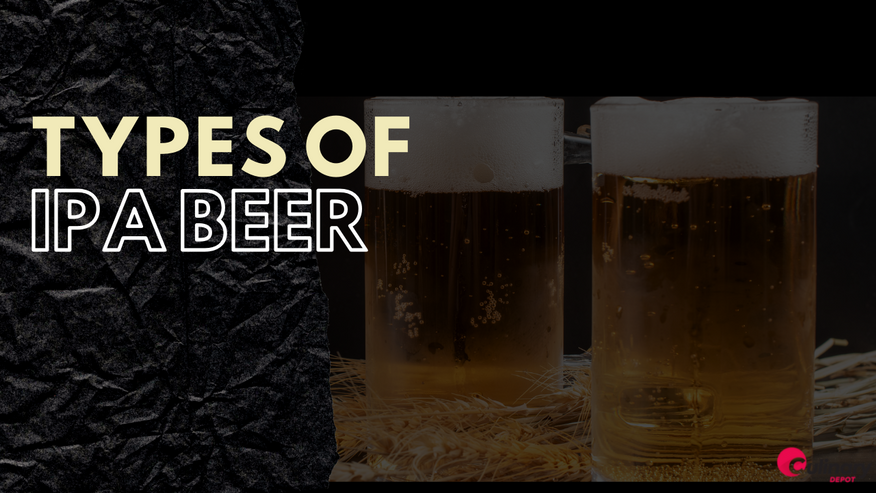Jul 6th 2022 - Monica Cunanan
A complete guide to Types of IPA — Meaning, History & Types
What Is IPA (India Pale Ale) Beer?
To be quite frank, I had never heard of IPAs until recently. If you are as confused as I was before, then I think you stumbled upon the right blog. India Pale Ales (IPAs) are the most popular beers available today. However, not all IPAs are the same, and there are nine different types available right now, plus countless experimental variations.
If you don't like one particular IPA because it is too strong or has a high alcohol content, you can always choose a different bottle and try a different kind. It’s now time to find the right beer for you.
Types of IPA
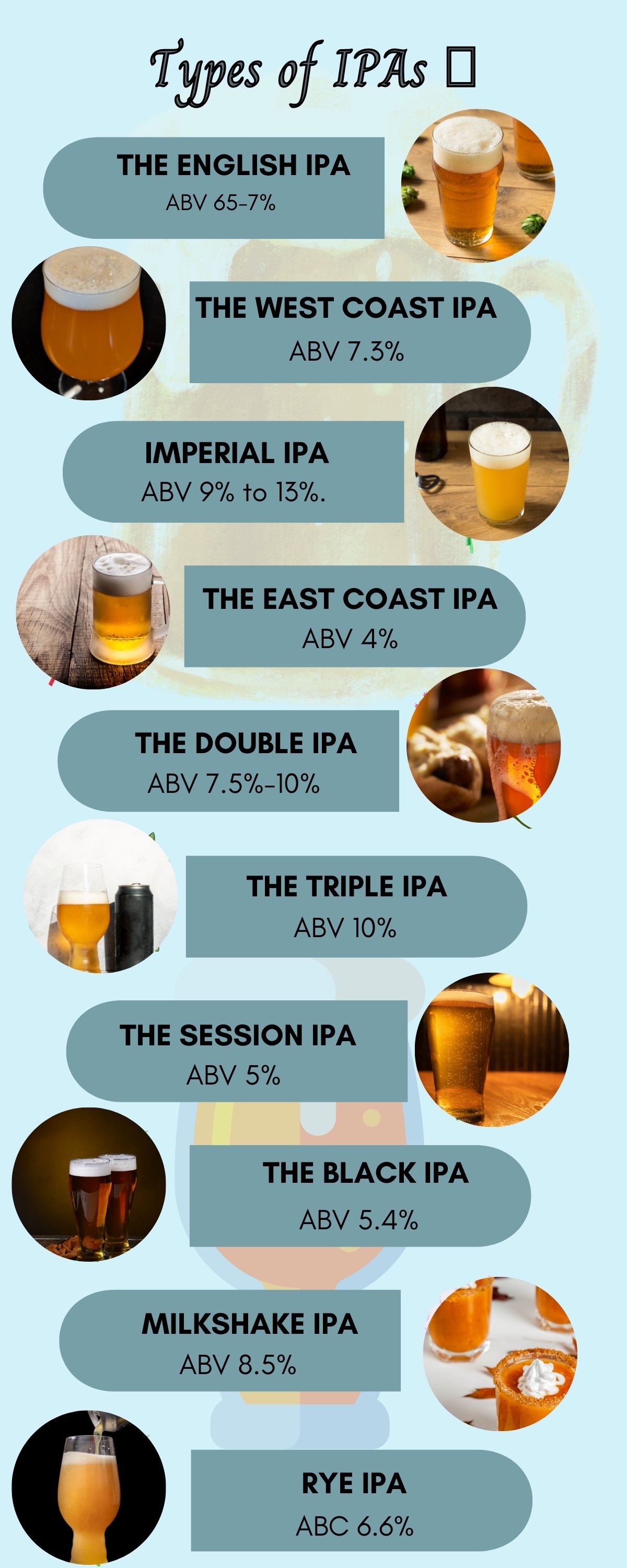
- The English IPA
- The West Coast IPA
- Imperial IPA
- The East Coast IPA
- The Double IPA
- The Triple IPA
- The Session IPA
- The Black IPA
- Milkshake IPA
- Rye IPA
History of IPAs
One of the many reasons why craft beer is so special is its ability to reinvent itself. Beer has almost limitless ingredients that can be used to create almost any type of beer imaginable. Since the first American IPAs were brewed just 30 years ago in California, brewers all over the globe have taken on those ideas and flavours and ingredients and done things new with them.
With so many different variants available, we thought we'd take you through them to help you decide which one you want to brew.
Where it all Started:
You've probably heard the popular myth that sailors transported beer from England to India during the 18th century by adding extra hops to it to prevent spoilage and preserve it.
However, most people associate Hodgson's Bow Brewery's Pale Ale with this idea because the beer they produced was undoubtedly the best selling type in India. The first recipe for pale ale was printed in the year 1821, exactly describing the hop quantity needed for it.
Types of IPA: Alcohol % , Dryness, etc
The English IPA
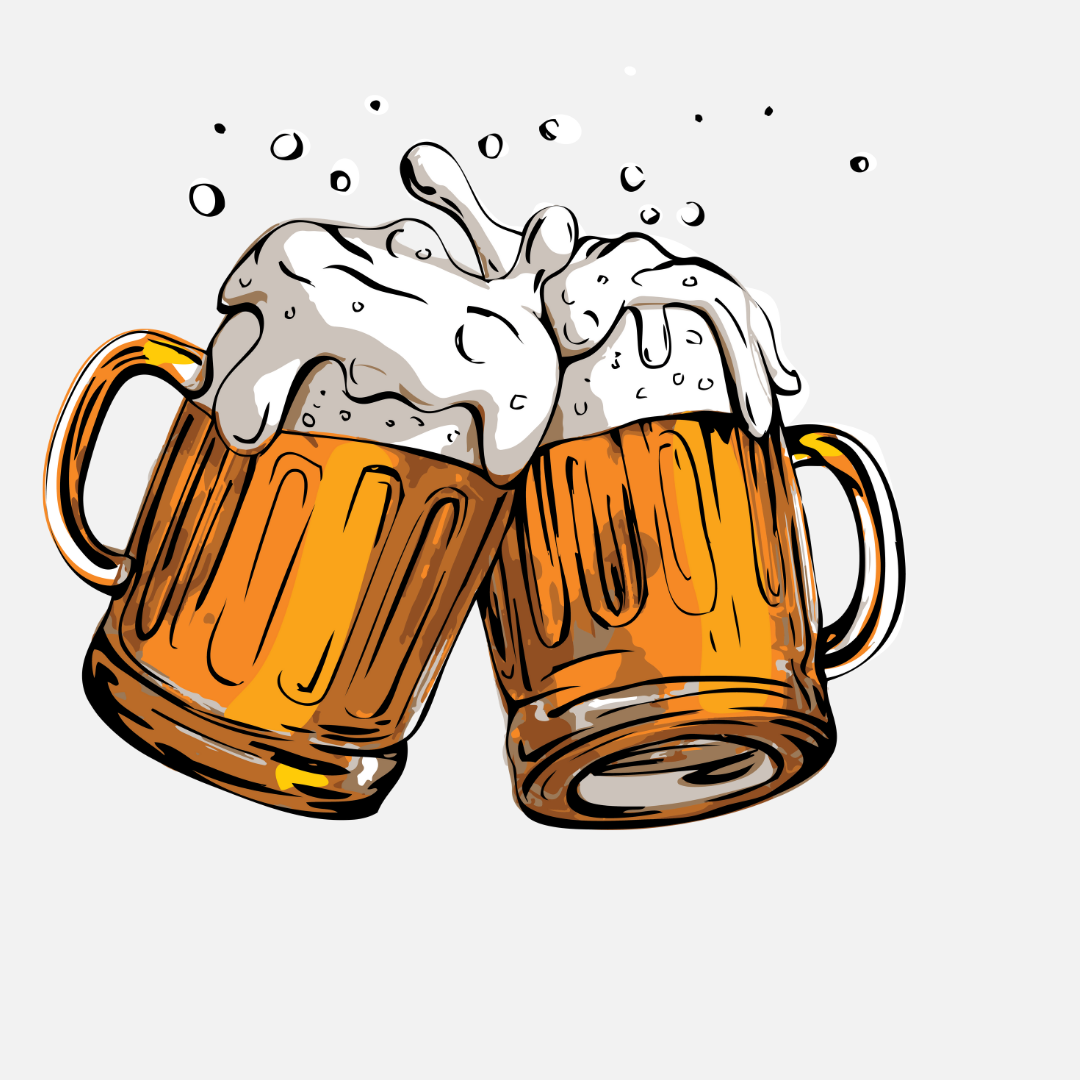
The original style of IPAs, British IPAs are golden ales that use solely British hops like Fuggels and Goldings for a grassy earthy and light citrus flavor. They usually have an alcohol content of 6-7% and dry as a bone.
Initially, it was hopped golden ales made from British hops, but now there are a variety of different types of beers available. The finished beer has a light citrus, green, and earthy flavor. Because of the storage process, this beer is highly bitter.
Until recently, British brewers added hops to their beers to preserve them. The goal was to ensure that the content remained fresh until the ship reached India. Over time, hops would lose their fruitiness and beers in barrels would start tasting bitter. This bitterness, along wit a malty and one notated flavor, makes this beer style rather unpopular these days.
Examples: Siren Soundwave, Beak Parade
The West Coast IPA
It was invented in California, apparently by five different breweries at the same time. The first one was created in the 1980s when some people decided to use Pacific Northwest (PNW) hops. Inspired by British IPAs and American hop varieties, it has become one of the most popular styles of beer in the United States. It uses big American "C" hops – Cascade, Citra, Chinook – giving it a huge citrus aroma and a slight pine and dank smell too. These beers tend to be a little less dry than others because they often use crystal malts, but they're typically much more bitter, sometimes reaching up to 80 IBUs (International Bittering Units) which is the highest bitterness the human palate can detect at all.
Examples: Magic Rock Highwire, Alpine Duet
Imperial IPA
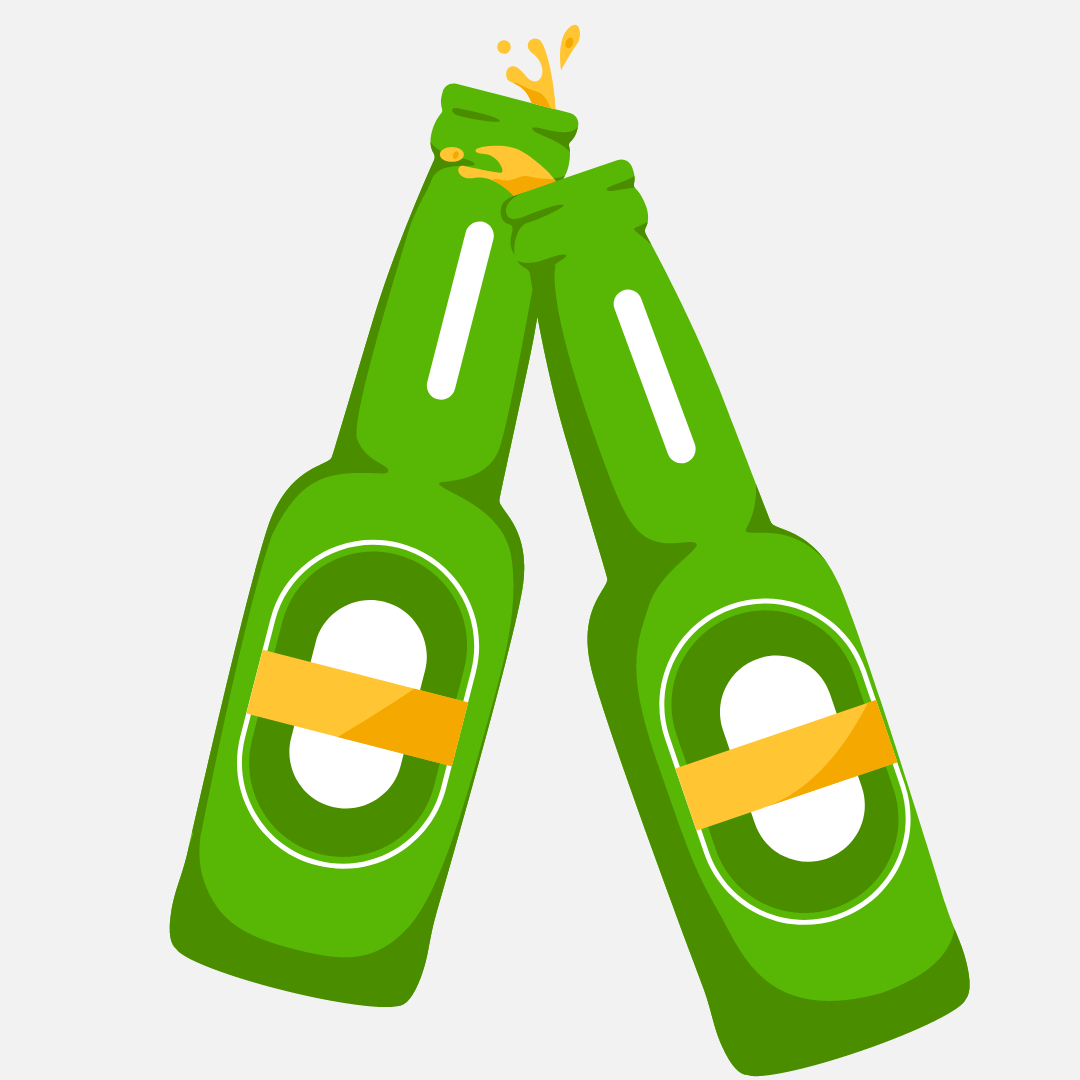
The evolution of the IPA has continued to go bolder and even more aggressive with the development and release of the Imperial IPA.
More hoppy and stronger than regular IPAs, double, triple, and West Coast IPA style, the imperial IPAs are basically amped up variations.
The alcohol content of wine usually ranges from 9% to 13%.
These beers will continue to be big, bold, and packed with dank, earthy flavors from the “big C” hops and subtle pines and citrusy finishes.
Examples: Three Floyds Deadnaught IPA, Stone Ruination IPA
The East Coast IPA
It's a relatively new beer style, but it's based on the West Coast IPAs. An East Coast IPA is different from a West Coast IPA because it uses different yeasts. While Californian brewers often use clean, almost flavour-free yeasts to focus drinkers on the hop aromas, East Coast brewers are often using mutated, complicated British yeast strains. These yeasts produce a lot of smells and flavors during fermentation, which the brewers use to add extra flavor to the beer. They can use fewer hops so their beers are less bitter, which gives them a cloudy appearance and leaves them looking pillowy. MADE UP
Examples: Alchemist Heady Topper, Tree House Julius, Other Half Citra IPA, Deya Into The Haze
The Double IPA
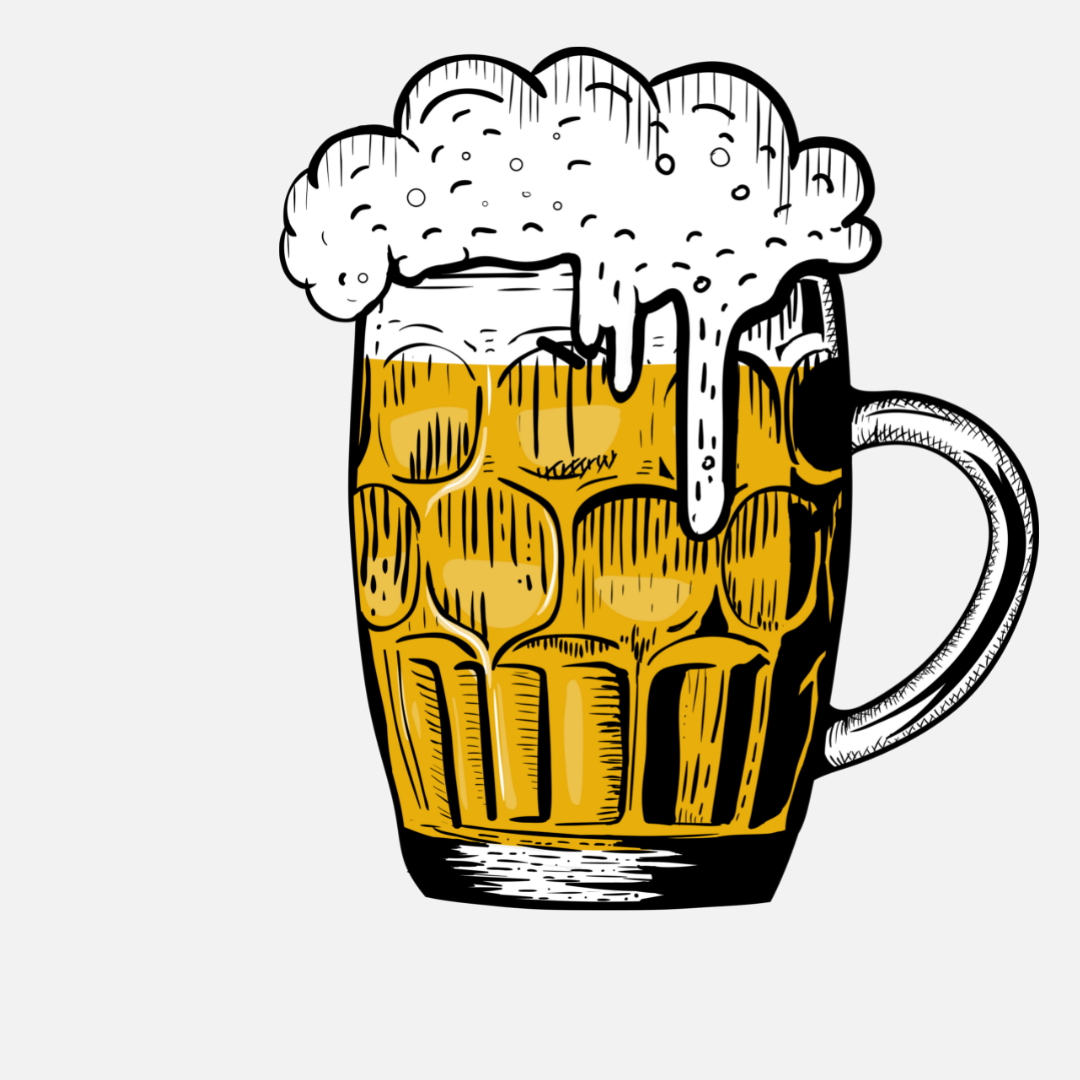
As drinkers got used by the high bitterness of modern IPA, some started to get tired of them. "More hops" became their battle cry, searching for the most pungent aromas and driest finishes. Brewers responded by creating more flavorful, hoppy beers by balancing the sweetness of strong alchol and lots of malt with bitterness from hops. The result is a supercharged IPA, which lets brewers really experiment with hop varieties and push them to their limits.
Examples: Verdant Fruit Car Sight Exhibition, Lervig Supersonic
The Triple IPA
After the double IPA became popular among beer drinkers, brewers responded again with a triple IPA. These beers are not for the weak-hearted. They contain about 12%-13% of alcohol content. They're hugely popular, with people lining up outside breweries for hours to get their hands on them when they're released.
Great examples: Garage Beer Co Triple Soup, Magic Rock Unhuman Cannonball, Other Half All Green Everything
The Session IPA
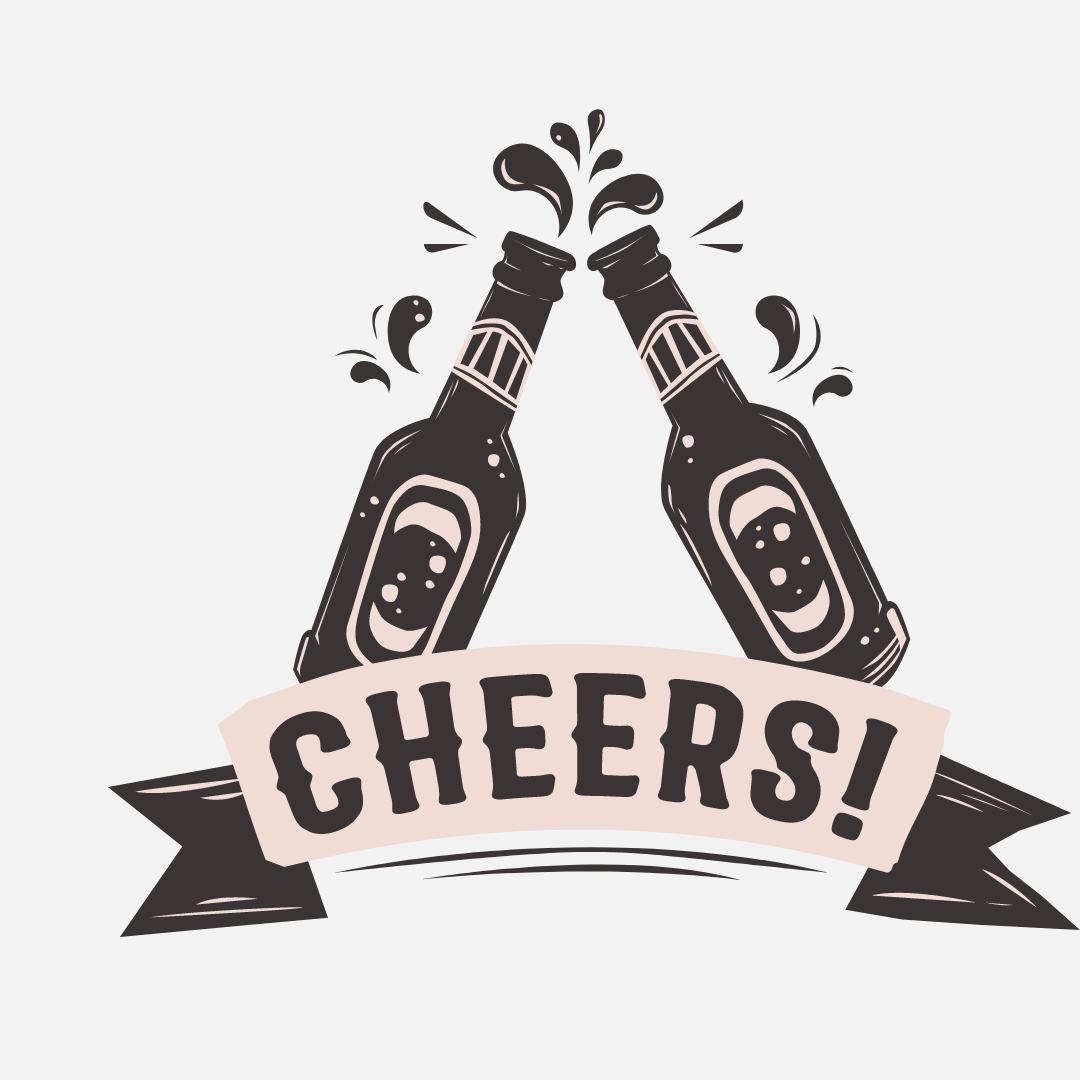
We should be honest, if all you drink is single, double and triple IPA you’ll never get anything done. After chasing big alcohol percentage and the next biggest hop hits, some clever brewers decided that we should probably rein it back in for the more casual sipping sessions. What a Session IPA does is offer a big dose of hop flavor at no more than 5% alcohol. They are extremely dry and hoppy to achieve the maximum amount of aroma with the least amount of bitterness so they're as drinkable as possible but full flavoured.
Examples: Beavertown Neck Oil, Lervig House Party, The White Hag Little Fawn
The Black IPA
It's arguable if the black IPA is actually a true IPA because it was invented in the Northwest. The idea behind the style is to brew an ale that looks like a stout, smells like a west coast IPA, and tastes somewhere in between those two styles. A great black IPA has a lot of body and a clean taste, with a hint of roastedness before an enormous hoppy finish.
Examples: Vocation Divide & Conquer, Beavertown Black Betty, Troubadour Westkust
Milkshake IPA
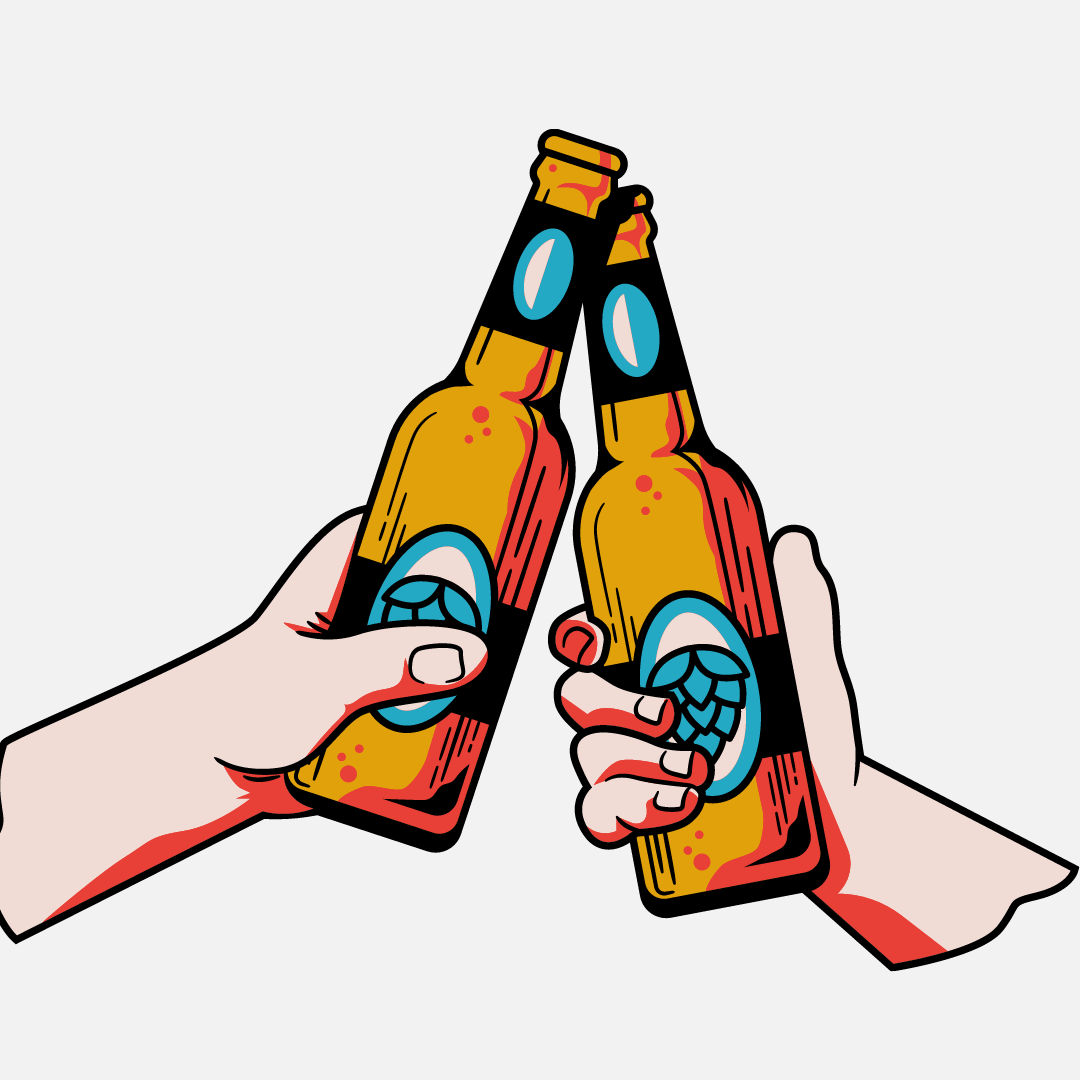
One of the most popular spinoffs from the New England IPA is the Milkshake IPAs.
They're becoming increasingly popular, which is causing some hop-purists to complain, but for beer lovers they're a real treat.
They're very full-bodied beers, which pour opaque in the glass (or bottle).
Lactose, unfermentables sugars, and flavors such pineapple or vanilla can be very exciting and delicious.
Examples: Edmond's Oast Pineapple Milkshake IPA, Westbrook Peach Milkshake IPA
Rye IPA
It's no surprise that the Rye IPA is characterized using one ingredient.
Rye adds a unique tangy or spiced flavor profile to the beer and enhances some of the natural pine notes in the hops.
Like a good rye whiskey, beers made from these malts are bold in flavor and for a very select beer lover.
Examples: Sierra Nevada's Ruthless Rye, Magic Hat Ticket to Rye IPA

